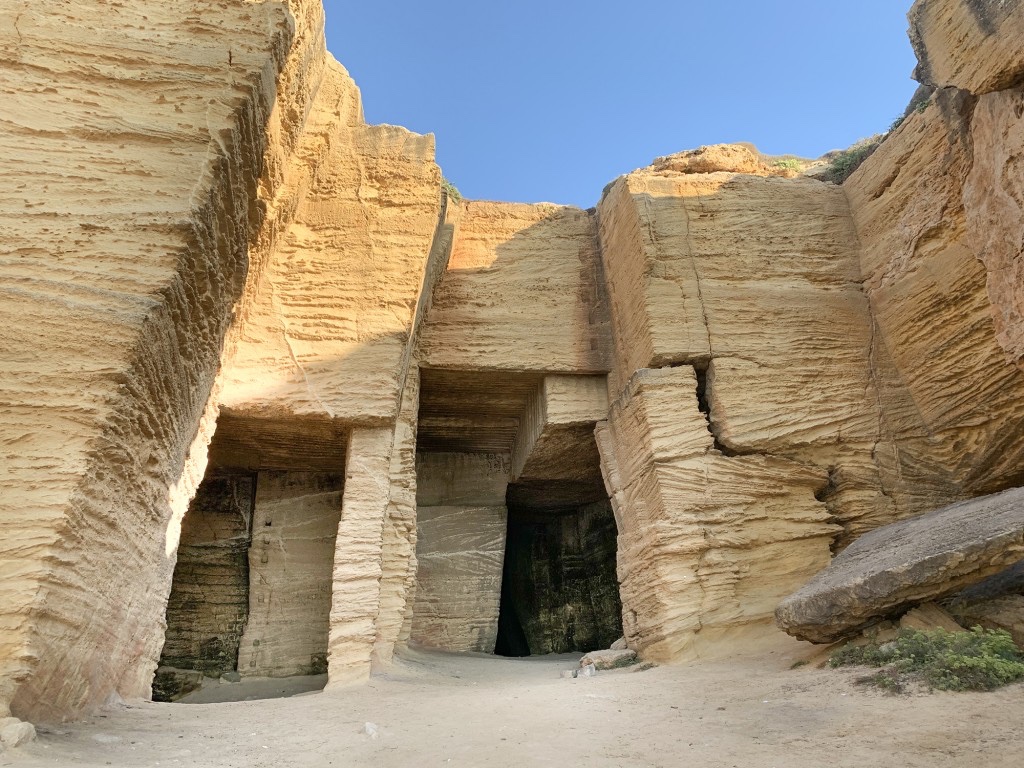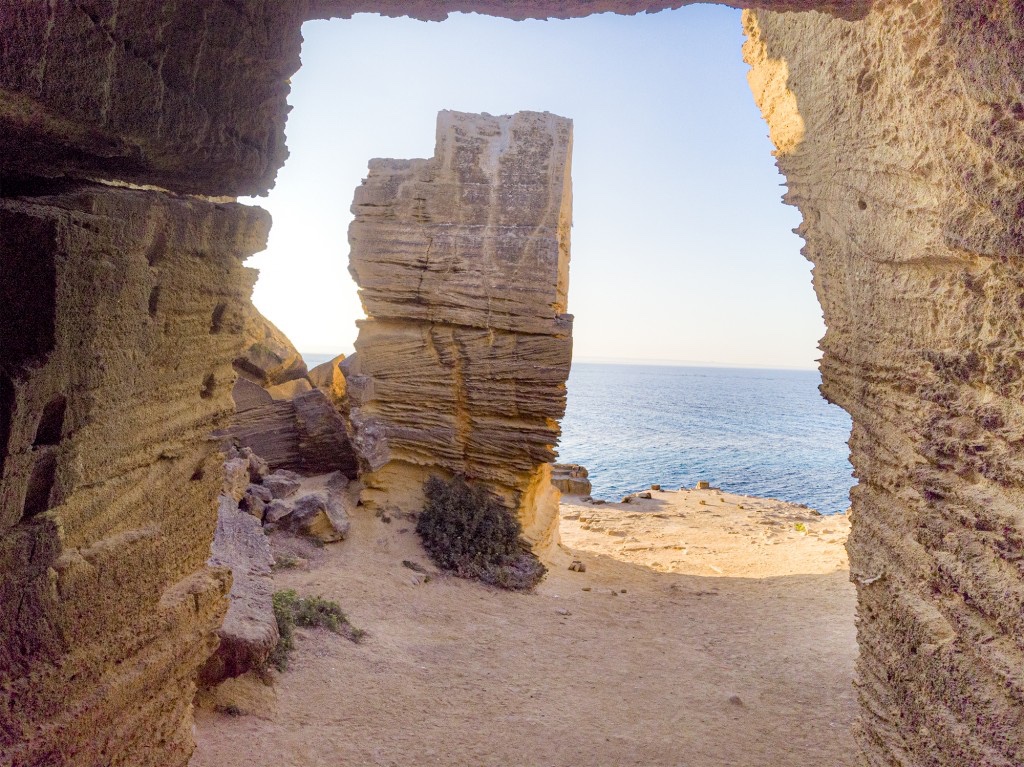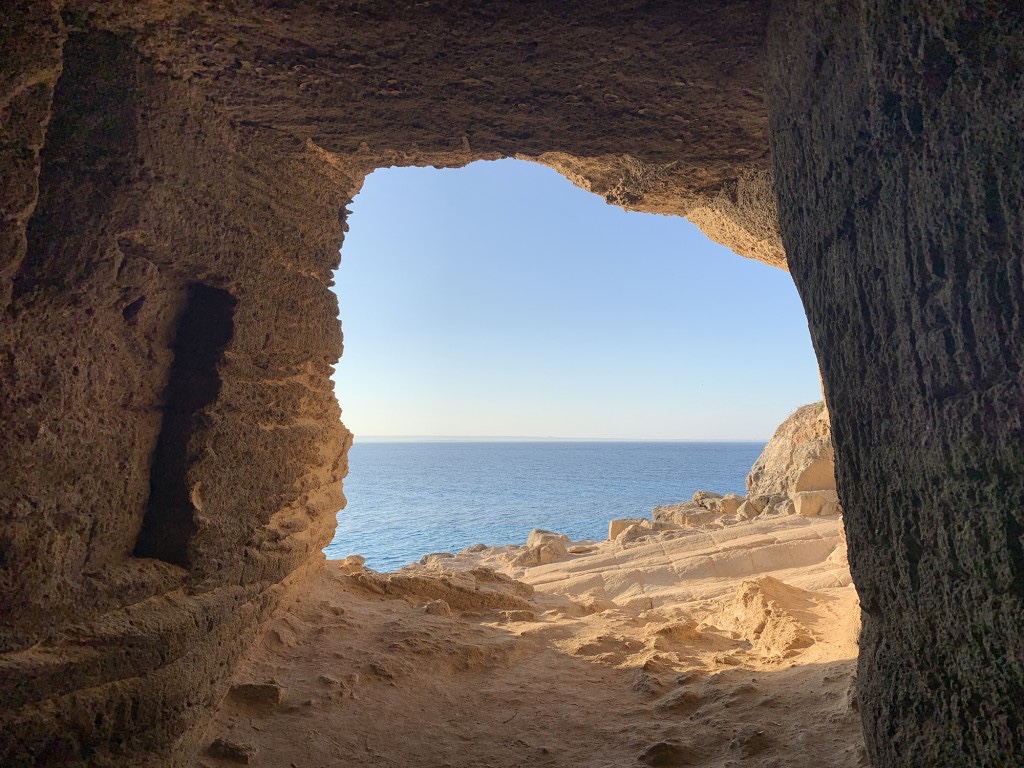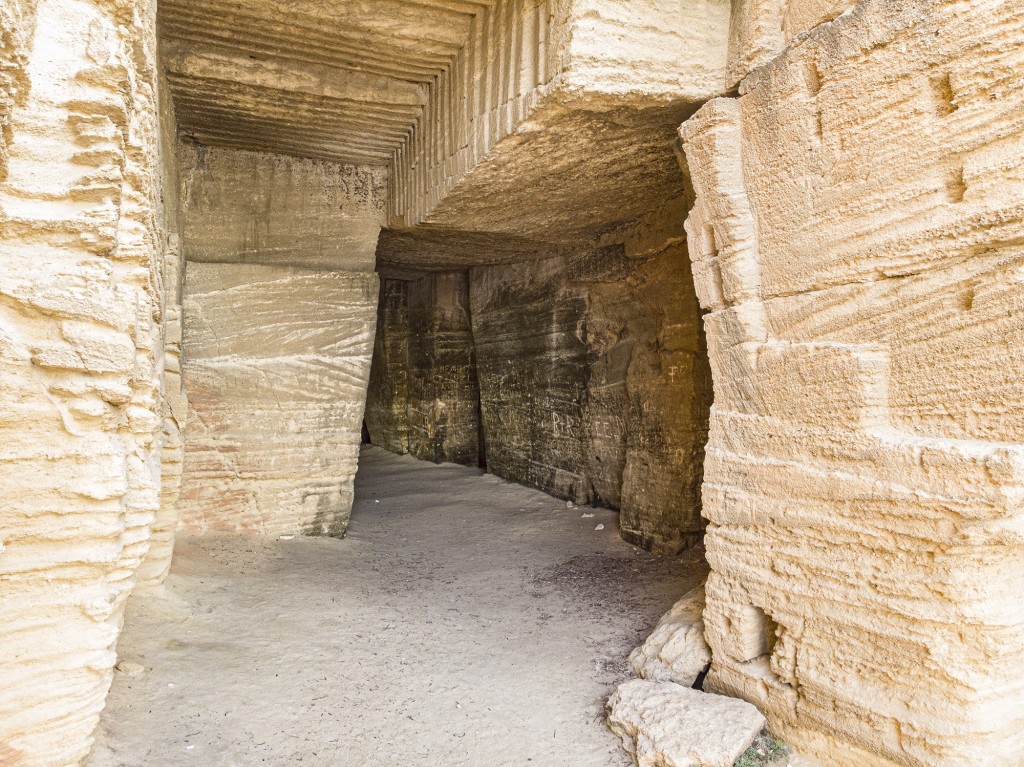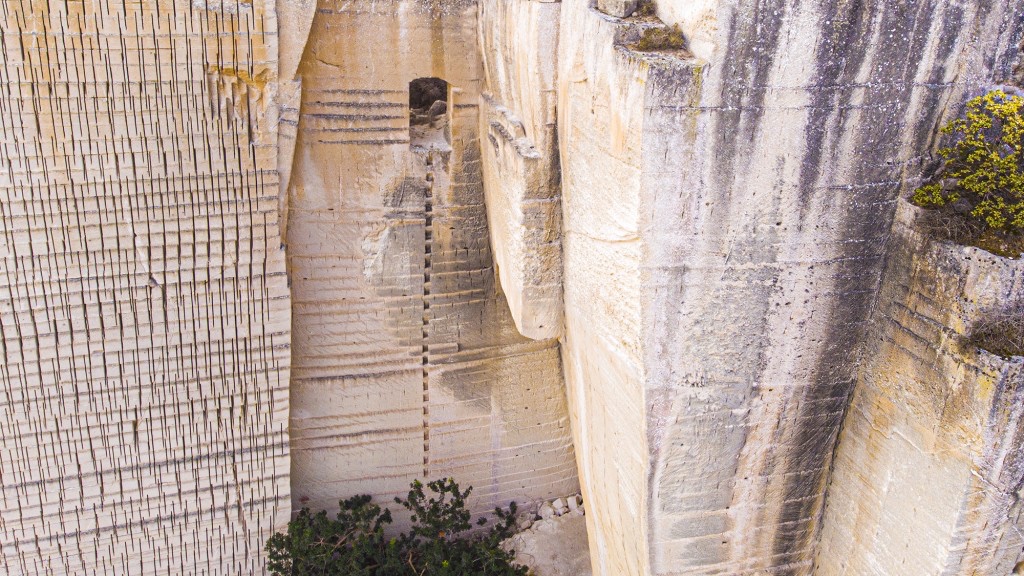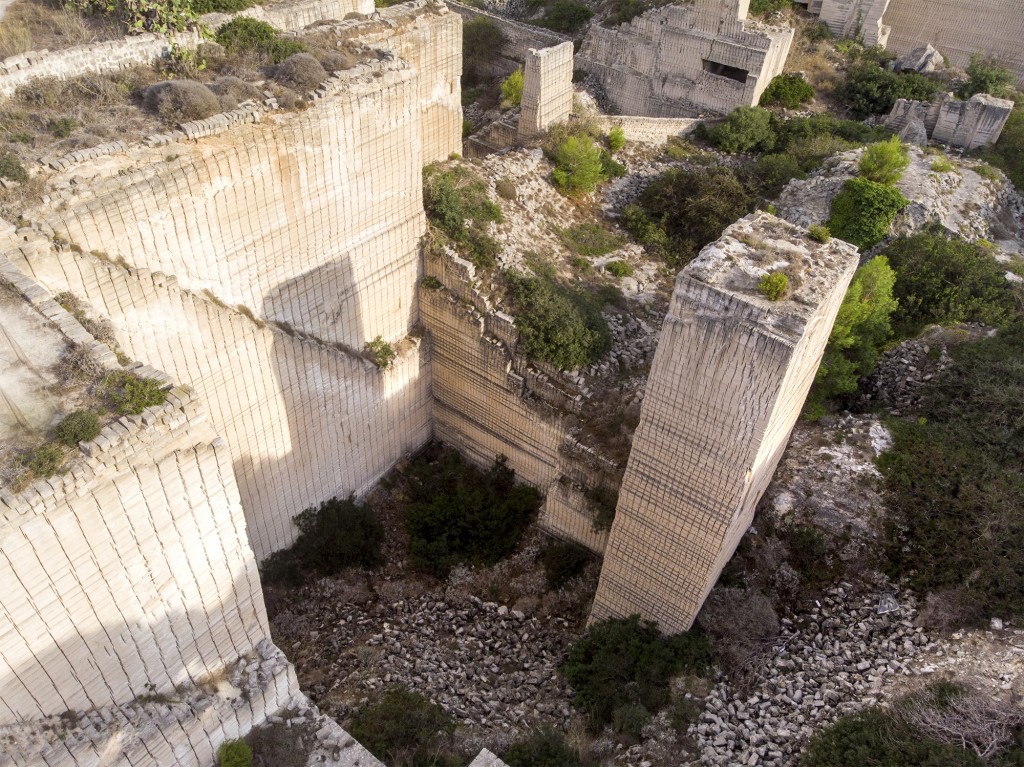The Caves
For hundreds of years, man has been able to extract from the heart of Favignana, a truly extraordinary stone, the calcarenite sandstone, called "tuff", used especially in architecture and construction. The extraction activity of the "pirriatura" (skilled men dedicated to the manual activities of extracting the calcarenite) has been so perpetuated over time that today in the eastern area of the island of Favignana you can admire real "cathedrals" with bizarre and architectural shapes.
The abandoned quarries in the hinterland of Favignana were used by the islanders in an original and intelligent way, giving life to the Hypogeum Gardens. Thanks to the mild winter and hot summer climate, the protection of high walls and particularly sunny exposure, the islanders were able to make the most of a habitat suitable for vegetative development, thus recreating a "natural greenhouse", which allowed for a warm winter and cool summer climate. Inside the Hypogeum Gardens, you can admire many vegetables but above all splendid fruit trees such as figs, almonds, pears, oranges, and prickly pears.
The entire northeastern area of Favignana is made of calcarenite sandstone and presents the absolutely unique aspect of countless quarries, caves, sinkholes, and erosions. The opening date of the first quarries in Favignana cannot be dated precisely, since it seems that since ancient times men have dug caves to use as housing, while later the calcarenite was extracted to build houses. However, the use of underground dwellings persisted among the less affluent and especially among the quarrymen. The first quarries were implanted as close as possible to the sea to save on transportation, which was done by sea.
In the last two and a half centuries, this activity took an exceptional development. The work was based on piecework: the quarryman took a plot of land on lease, prepared it at his own expense by freeing it from the "cappellaccio", that is, from the very hard surface limestone that could also have a thickness of 1-2 meters; then he began the work of extracting the limestone in perfectly square blocks (conci): cm 25 X 50 or 20 x 40 or 25 x 25. He was paid according to the blocks delivered: therefore he worked from dawn to dusk, 12 or 14 hours, bringing his children from the age of 8-10 years with him.
The tools used were the "mannara", a kind of pickaxe with a wide cut, which served to trace and deepen the contours of the block (or "cantuna") in the rock, the "zappune" and the "piccune", with which the block was uprooted. No other tool helped the quarryman, who worked exclusively by eye.
Depending on the circumstances, a quarry could be carved open-air or underground.
Underground quarries
Regarding the quarries for tunneling, they could be opened from a natural wall or from an open-air quarry. Often, if it was expected to find good quality stone beneath a large and consistent rock layer, a small open-air excavation called "puzzu lumi" was made, from which to start the tunneling process.
This small excavation was then used to place a wooden hoist ("mangareddru") on it to lift up stone blocks. The tunneling process was carried out directly from ground level or by rising from it using scaffolding made of construction boards or through the blocks themselves, starting from a platform left on purpose during the excavation of an open-air quarry, which was accessed by climbing along the wall where "scanneddri" footholds had been previously created.
Candles or acetylene lamps were used to light up the caves. The work of the quarrymen was therefore comparable to that of miners.
Open-air quarries
Another type of quarry, which required less effort and skill compared to the previous one, as well as being less dangerous, is the open-air quarry. All reasons that led to the abandonment of tunneling quarries and to the spread of open-air quarries, especially after the advent of mechanization.
The first thing to do was to square the ground on which to operate and remove the "cappellaccio," the superficial layer of soil or rock, to expose the limestone. A stick was used as a "meter" for squaring, so that on the sides of the quarry, the major and minor edges of the stone blocks were contained an integer number of times.
This stick (parpagnu) was folded over itself, leaving evident marks on the ground, from which to then trace the perimeter of the quarry.
Once the blocks of limestone were placed on a level ground, the quarryman's task was finished, but it was mostly him who took care of the transportation from the site to the loading points. Carters were involved in transportation. The typical Favignanese cart, generally pulled by mules, had dimensions that allowed it to perform this work and was equipped with perfectly rectangular sides, without decorations. The rocky tracks outside the quarries are all written by the heavy ruts of the carts struggling uphill, while the coastal areas show the signs of the many small landing places (called "sacri") for loading onto sailing boats that continuously shuttled to and from Trapani, Levanzo, Marettimo.
Once they reached the loading points, the blocks were made to slide down specially constructed slides. A quarryman placed them at the top of the slides, at the end of which was a second quarryman who stopped them and then handed them one by one to the crew of the boats. These were typical flat boats, with sails or motors, that could approach the coast, called "Schifazzi."
